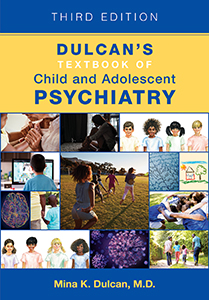Chapter 29.Psychiatric Emergencies
Sections
Excerpt
Children and adolescents with psychiatric disorders are presenting in hospital emergency departments (EDs) at ever-increasing rates (Kalb et al. 2019), in part because of a shortage of inpatient and outpatient mental health care services for pediatric patients. The ED is often the initial contact with the mental health care system and is increasingly used as a safety net for diagnosing and managing psychiatric illness in children. Young people come to the ED with a wide range of mental health issues, including suicide attempts or suicidal ideation; aggression; emerging or worsening psychiatric illness, including eating disorders and substance use disorders; acute changes in mental status; and other behavioral difficulties (Bridge et al. 2012; Kalb et al. 2019). Young patients in need of psychiatric services stress the system by placing unique demands on both pediatric and mental health care clinicians. These patients often require an inordinate amount of time and resources and frequently return to the ED in crisis (Babeva et al. 2016). Children may be brought to the ED by adults who are not the child’s primary caregivers and who are unfamiliar with the child’s history. Patients may be aggressive and dangerous and may need intense psychiatric services that are not immediately available. More than half of pediatric patients who present to an ED after a suicide attempt or an attempt to harm themselves do not receive a mental health evaluation (Bridge et al. 2012). Because EDs often lack private or quiet areas, they are not an optimal setting for assessing and managing patients and families in distress.
Access content
To read the fulltext, please use one of the options below to sign in or purchase access.- Personal login
- Institutional Login
- Sign in via OpenAthens
- Register for access
-
Please login/register if you wish to pair your device and check access availability.
Not a subscriber?
PsychiatryOnline subscription options offer access to the DSM-5 library, books, journals, CME, and patient resources. This all-in-one virtual library provides psychiatrists and mental health professionals with key resources for diagnosis, treatment, research, and professional development.
Need more help? PsychiatryOnline Customer Service may be reached by emailing [email protected] or by calling 800-368-5777 (in the U.S.) or 703-907-7322 (outside the U.S.).



